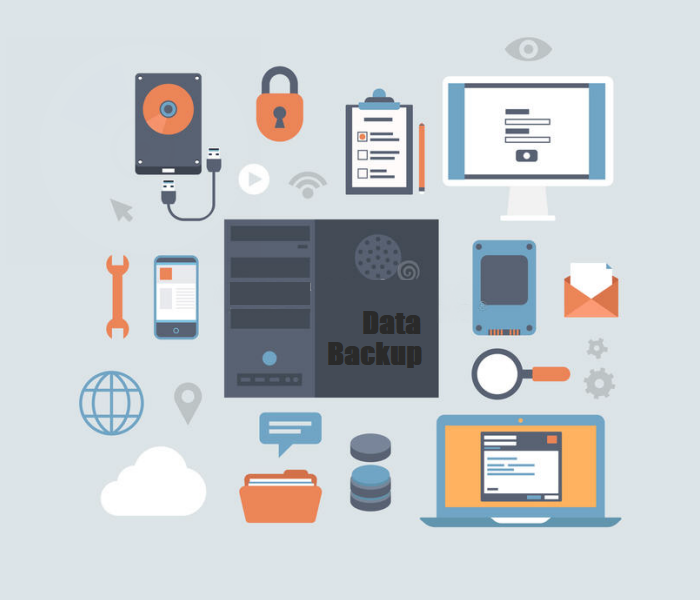What is Backup
A data backup is a process of copying or archiving files and folders. So it may be used to restore the original after a data loss event. With the backup, we have no worry about losing or missing data.
Data loss can be caused by many things ranging from computer viruses to hardware malfunction to software error or accidental deletions (Human error) to file corruption to theft, fire, water in it (Natural disaster) or locked because the password is forgotten. If you are responsible for business data, a loss may involve critical financial, customer, and company data. If the data is on a personal computer or phone, you could lose financial data and other key files, images, messages, etc that would be hard to replace.
What types of data backup solutions that help avoid data losing
As part of a data backup plan, you should consider the following:
- What data to backup?
- What encryption method to use?
- What compression method to use?
- How often to run your backups?
- What type of backups to run?
- What kind of media on which to store the backups?
- Where to store the backup data for safekeeping?
- 5 myths of data backup you may want to know
What data should I back up?
In general, you should back up any work or data that can’t be replaced easily. Some examples are Passwords and accounts, Word processing documents, spreadsheets, databases (for financial data), customer data, and personal files such as pictures, music files, emails, etc.
What encryption method to use?
Encryption can protect your important information and other sensitive data. Today, there are many options to choose from, and finding one that is both secure and fits your needs is a must.
If you are doing a backup on your computer, it is highly recommended to Create an Encrypted Archive using BitLocker or ZIP with complex but easy to remember passwords.
If you want to protect an Office document, Microsoft Office allows you to apply encryption to documents, securing them with a password. See How to Encrypt an Office Document.
What compression method should I use?
You can use best method compression with your backups. This will ensure that your Zip files will be as small as possible. Certain data files, such as text files, picture files in the BMP format, and some text style database files can often be compressed by 90% or more. There are some other types of files, such as program files, that may compress by 50% or so. While some files won’t compress very much.
What kind of media should I use and where should I store my backups?
You can store your backup Zip files on any file storage media you have available. Such as the online backup: E-mail or Cloud servers, and offline backup, like an additional local hard drive, an external hard drive, optical discs or USB devices, etc. No matter it is a PC or a Mac, a tablet computer or mobile phone. Get more tips on Windows backup.
A best practice for storing backups is to keep a copy of the backup files on-site (in your home or office) for easy access and restore and a copy off-site in case of fire, water, or other damage to your location which could damage or destroy the on-site backup copy.
How often should I run my backups?
Data backup is a valuable lifetime habit obviously. The frequency to run your backups depends on how often the data changes.
- Business data that changes frequently may need daily or hourly backups
- Data that changes every few days might use a weekly or even monthly backup
- For some data, you might run your backup whenever you make a change
Some cloud services allow scheduling running backups at specified times automatically. But some need to do that manually. There are some myths of data backup you may want to know.
